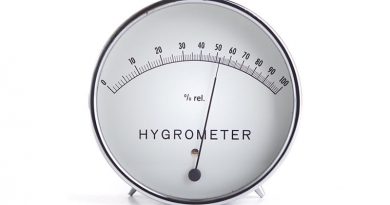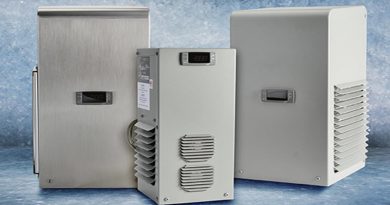The Steps to Improve Indoor Air Quality at Home
When it comes to our well-being, we often focus on exercise, nutrition, and maintaining a clean living space. However, there is one crucial aspect that we sometimes overlook: indoor air quality. The air we breathe indoors can have a significant impact on our health and overall comfort. So, what steps can we take to improve the air quality in our homes?
1. Keep Your Home Clean and Dust-Free
A clean home not only looks pleasant but also contributes to better indoor air quality. Regularly dusting surfaces, vacuuming carpets and rugs, and mopping floors can help reduce the accumulation of dust, pet dander, and other allergens. Be sure to pay attention to often neglected areas, such as blinds, curtains, and upholstery.
2. Ventilate Properly
Proper ventilation is key to ensuring good air circulation and reducing the buildup of indoor pollutants. Open windows and doors when weather permits to let fresh air in. Use exhaust fans in kitchens and bathrooms to remove moisture and odors. Consider investing in a mechanical ventilation system to enhance air exchange and filter out contaminants.
3. Control Humidity Levels
Excessive humidity can promote the growth of mold and mildew, leading to respiratory issues and allergies. Use dehumidifiers in damp areas of your home, such as basements and bathrooms, to keep humidity levels in check. On the other hand, during dry seasons, use humidifiers to add moisture to the air and prevent dryness and discomfort.
4. Avoid Indoor Smoking
Cigarette smoke contains numerous harmful chemicals that can linger in the air and adversely affect indoor air quality. Avoid smoking indoors, and encourage smokers to step outside. Implementing a smoke-free policy will not only improve air quality but also protect the health of both residents and visitors.
5. Regularly Maintain Heating and Cooling Systems
Heating, ventilation, and air conditioning (HVAC) systems play a crucial role in maintaining indoor air quality. Regular maintenance, including filter replacement and system cleaning, is essential to ensure optimal performance and prevent the circulation of dust, pollen, and other pollutants. Follow manufacturer guidelines and consult professionals if needed.
6. Choose Low VOC Products
Volatile organic compounds (VOCs) are chemicals found in many household products, such as paints, cleaning agents, and furnishings. These compounds can emit harmful gases into the air. Opt for low VOC or VOC-free alternatives when selecting products for your home. Look for labels indicating low VOC content or eco-friendly certifications.
7. Use Air Purifiers
Air purifiers can be effective in reducing indoor air pollutants by filtering out particles and contaminants. Consider using high-efficiency particulate air (HEPA) filters, which can trap even the smallest particles. Place air purifiers in frequently used areas, such as bedrooms and living rooms, to improve air quality where it matters most.
By implementing these steps, you can significantly improve the air quality in your home, promoting a healthier and more comfortable living environment for you and your family. Remember, small changes can make a big difference when it comes to the air you breathe.
Keep your home clean, ventilated, and properly maintained, and enjoy the benefits of fresh, clean air all year round. Your well-being deserves it!




